The Evolution of the Argentine Neo-Prog Scene from the ’80s to Today
Argentina’s progressive rock movement has long defied easy categorization, often shifting with waves of cultural upheaval.
It really took shape in the 1970s, forging a distinctly local sound by blending symphonic rock, jazz fusion, tango, and Latin American folk. This era gave us canonical acts like Pescado Rabioso, Invisible, La Máquina de Hacer Pájaros, and Crucis… bands that truly shaped a unique Argentine idiom within the global prog scene.
Despite the genre’s decline during the political repression of the late 1970s and early 1980s, a resilient underground kept it alive. This eventually led to a Neo-Progressive revival by the 1990s, highlighted by groups such as Nexus, Chaneton, and 2112. Fast forward to the twenty-first century, and Argentina’s progressive music scene has entered a phase of radical diversification. Artists now explore a kaleidoscopic range of subgenres, from cosmic psychedelia and post-rock to avant-prog and neo-symphonic experimentation. Acts like Poseidótica, EnsamblePeripecia, and Akenathon perfectly illustrate this pluralistic terrain, weaving in elements of krautrock, math rock, and traditional forms. Alongside these newer sounds, veteran bands have re-emerged with fresh vision, proving the genre’s generational elasticity.
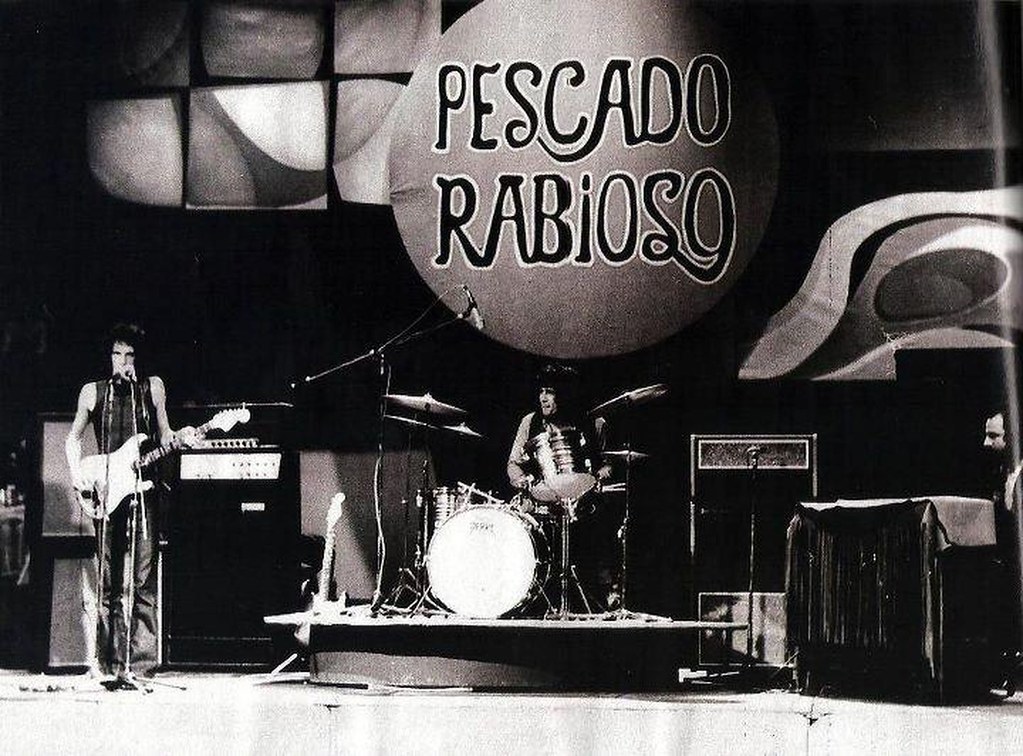
The Progressive Rock Legacy in Argentina
Progressive rock didn’t just redefine Argentina’s musical landscape in the 1970s; it ushered in a golden age that would leave a lasting imprint on Latin American rock as a whole. Bands like Pescado Rabioso, Invisible, Aquelarre, La Máquina de Hacer Pájaros, Crucis, Alas, and Bubu carved out a uniquely Argentine identity, fusing folk, jazz, classical, avant-garde, and psychedelia into a distinct progressive language. To understand the evolution of the vibrant neo-prog scene from the 1980s onward, we must trace its lineage back to these pioneering acts of the ’70s.
Pescado Rabioso, formed in 1971 by Luis Alberto Spinetta following the breakup of Almendra, pushed boundaries with a blend of hard rock, psychedelia, and poetic lyricism. Albums such as ‘Desatormentándonos’ (1972), ‘Pescado 2’ (1973), and ‘Artaud’ (1973), the latter essentially a Spinetta solo effort, demonstrated an adventurous spirit of experimentation. The group extended Almendra’s artistic vision, enriching it with deeper cultural and literary undercurrents.
Formed in 1973 after Pescado Rabioso disbanded, Invisible took Spinetta’s sonic palette into jazzier, more progressive territory. With intricate time signatures and extended instrumental passages, they invited comparisons to King Crimson and Mahavishnu Orchestra. Their seminal 1976 release, ‘El jardín de los presentes’, exemplified the maturity of Argentine prog, where musical complexity met lyrical sophistication.
Aquelarre, formed by former members of Almendra and its offshoots, embraced a more avant-garde direction. Influenced by European icons like Soft Machine and Gentle Giant, the band experimented with surrealism, dissonance, and free-form structures. Albums like ‘Brumas’ and ‘Siesta’ leaned onto jazz and classical motifs.
La Máquina de Hacer Pájaros, founded by Charly García post-Sui Generis, marked a transition from folk-pop to symphonic rock. Drawing from Genesis and Yes, the band blended synths, classical motifs, and emotional depth. Their albums ‘La Máquina de Hacer Pájaros’ (1976) and ‘Películas’ (1977) showcased García’s knack for fusing melodic accessibility with structural precision.
Instrumental juggernauts Crucis stood out for their symphonic and jazz-fusion leanings, echoing the complexity of ELP and early Rush. Their eponymous debut and ‘Los delirios del mariscal’ delivered a dazzling interplay between guitars and keyboards.
Active between 1974 and 1978, Alas forged an inventive hybrid of progressive rock, jazz fusion, and traditional tango. Led by keyboards and wind instruments virtuoso Gustavo Moretto, alongside Carlos Riganti and Alex Zuker, their 1976 debut featured two sweeping suites. Their follow-up, ‘Pinta tualdea’ (1977), recently reissued by PQR Disquesplusqueréel, cemented their status as the architects of “tango prog.”
Formed in Buenos Aires in 1973, Bubu fused symphonic prog, jazz, and classical music, culminating in the highly acclaimed ‘Anabelas’ (1978). Political repression cut their momentum short, but four decades later they returned with ‘El eco del sol’ and live shows that reignited interest in their legacy. In 2021, ‘Anabelas’ was reissued on vinyl with bonus CD by PQR Disquesplusqueréel, a testament to their work for future generations of prog aficionados.
Each of these trailblazing bands reflected Argentina’s complex cultural identity and resilience, offering a deeply expressive and artistically ambitious counterpoint to the turbulent politics of the era.
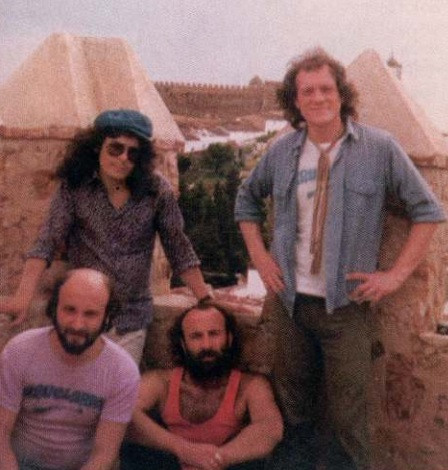
The Emergence of Argentine Neo-Prog in the 80s
By the mid-1980s, Argentina’s Progressive/Symphonic Rock scene was on a steep decline. Yet, a core of dedicated artists kept the genre alive. Bands like Mandrágora and Rael carried the torch with multimedia-heavy shows that channeled a Genesis-inspired aesthetic, though their official recordings would not emerge until the following decade.
Hábitat, helmed by Aldo Pinelli, also took root during this period. The band leaned into medieval and renaissance themes, delivering Spanish-language Symphonic Prog that would take years to see studio realization.
Only a handful of bands managed LP releases. In 1989, Ánima unveiled their symphonic rock opera, evoking Pink Floyd’s atmospheric soundscapes.
In 1990, the trio 2112 debuted with ‘Alterando las Divisiones’, a vinyl release steeped in the Progressive Hard Rock tradition, with strong nods to Rush.
Rapto de Europa also emerged, a Symphonic Prog quintet who spawned a conceptual suite, ‘Leopoldo y el Dragón’, rooted in medieval fantasy and inspired by Genesis and Marillion, a common influence among early ’90s prog bands.
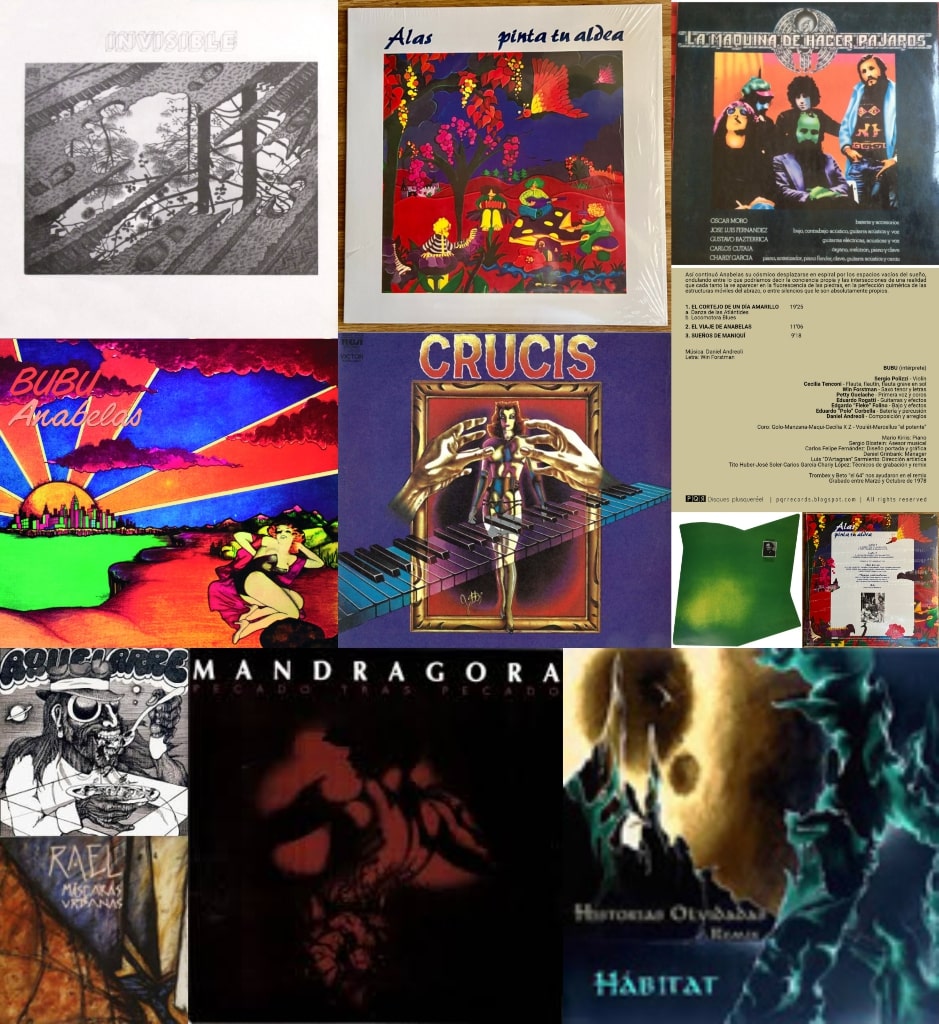
Argentine Neo-Prog in the 90s: Dominant Trends and Main Players
The CD boom brought a resurgence in prog, giving rise to indie labels and digital platforms that championed both archival material and new talent. With the web beginning to bridge global music scenes, a new generation of Argentine musicians emerged, many directly inspired by their ’70s forebears.
While some artists sought to break from tradition, most embraced a Retro Prog style, deliberately echoing the sounds of the genre’s golden age. December 1993 saw the debut of Pez, a band that would heavily influence future generations with its shape-shifting take on ’70s prog.
By the mid-’90s, several major Symphonic Prog acts emerged. Supernova released their first CD in 1998, crafting majestic instrumental pieces. Chaneton, founded in 1994 and shaped by Genesis and Marillion, epitomized the era’s melodic sensitivity.
A standout was Nexus, founded in the late ’70s but reinvigorated in the ’90s with a virtuosic approach and powerful live presence.
Tanger leaned into a King Crimson-esque framework, enriched with Tull-style flute work.
Diosa Arcana independently released a CD rooted in the classic Anglo-Saxon Prog tradition of the ’70s, while drawing particular influence from Pink Floyd.
Also pivotal was keyboardist Sergio Álvarez, whose 1990s debut ‘Pasaje a la Revelación’ won acclaim. In 2006, he reached a high point in his career with his performance at the global festival Baja Prog X.
Diversification and Avant-Gardisms in the 21st Century: Argentine Neo-Prog in Full Swing
As the 21st century unfolded, progressive music in Argentina, mirroring global trends, entered an era of adventurous diversification. The genre splintered into an array of sub-genres, making it nearly impossible to define uniformly. Argentine artists began to chart their own paths, giving rise to niche streams with devoted followers.
Some musicians embraced the electronic explorations of the Düsseldorf School, crafting soundscapes built around synthesized melodies, pulsing basslines, and driving rhythmic patterns generated by electronic drums. This pathway led to the integration of styles such as Industrial, Ambient, Synth Pop, and even Punk and Post-Punk, expanding progressive boundaries in new directions.
Others turned inward, seeking personal and technical refinement through Guitar Craft, the renowned school founded by Robert Fripp of King Crimson. By 2011, over 3,000 students had completed these intensive programs in Argentina. Among them, Diego Souto stood out as the master of the Chapman Stick—an instrument invented in 1969 by Emmett Chapman. Souto developed a unique presence, building a catalog of works that combine complex harmonies, polyrhythms, looping techniques, and serene melodic phrases.
A parallel movement grew out of the deep roots of Krautrock, Psychedelia, and Argentina’s own ’70s prog legacy. From this fusion, a wave of Cosmic Psychedelia surfaced, melding Stoner Rock, Space Rock, and mystical, tantric overtones with futuristic textures.
Progressive Metal and Hard Prog gained widespread popularity throughout the country. These subgenres, often influenced by international heavyweights, brought a harder edge to the progressive fold. Meanwhile, Dark Prog carved out its own lane, blending progressive elements with gothic themes and melancholic atmospheres.
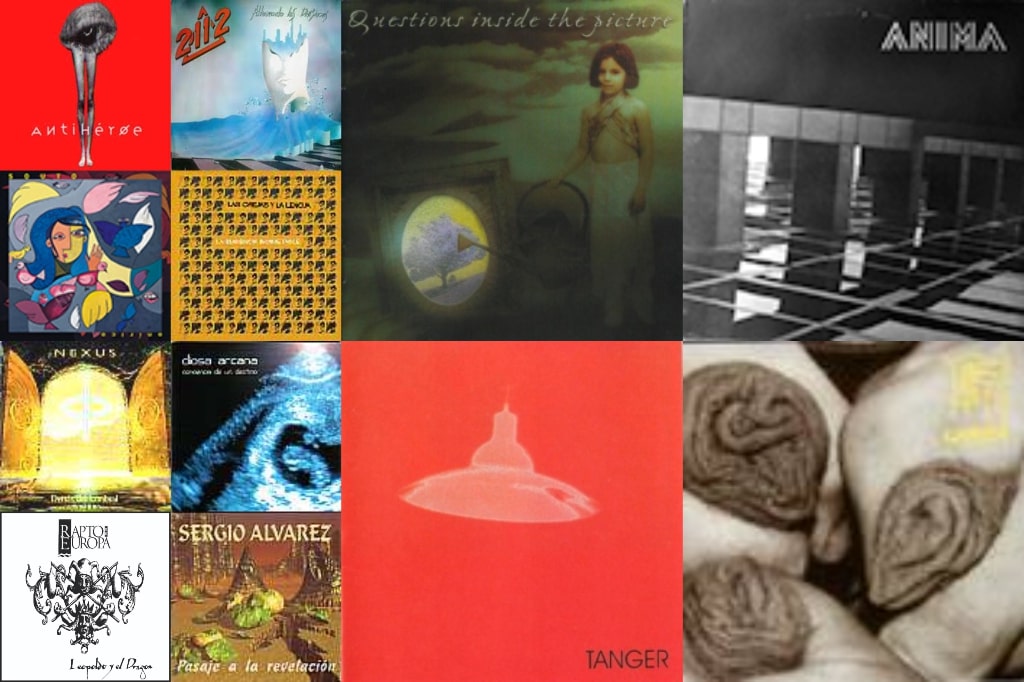
At the same time, the Argentine avant-garde welcomed the experimental ethos of Rock in Opposition (R.I.O.), with bands like Antihéroe, Las Orejas y La Lengua, Honduras, Factor Burzaco, La Mujer Barbuda, Sales de Baño, and Paraíso a la Miseria pushing progressive rock into new realms. These groups defied structure and convention, embracing theatricality, dissonance, absurdism, and richly layered compositions.
While a new generation forged ahead, many of Argentina’s classic progressive acts from the ’60s through the ’80s made celebrated comebacks, often with revamped lineups or refreshed visions. Legendary groups like Espíritu, Bubu, Redd, Pablo el Enterrador, Contraluz, Trigémino, El Nirvana (forthcoming on vinyl by PQR Disquesplusqueréel), and Canturbe returned to the spotlight with renewed creativity and energy.
Among the more seasoned groups finally releasing debut records was Baalbek from La Plata. After years honing their sound, the band released ‘Fata Morgana’ in 2004, a dynamic blend of Progressive Fusion, rich in Jazz Rock textures, sharp rhythmic changes, and moments of Funk-inspired grooves.
Jinetes Negros also stepped forward with two back-to-back Symphonic Rock albums, defined by operatic grandeur, epic arrangements, and surrealist lyrics. Their work traversed Hard Rock and Art Rock with theatrical flair.
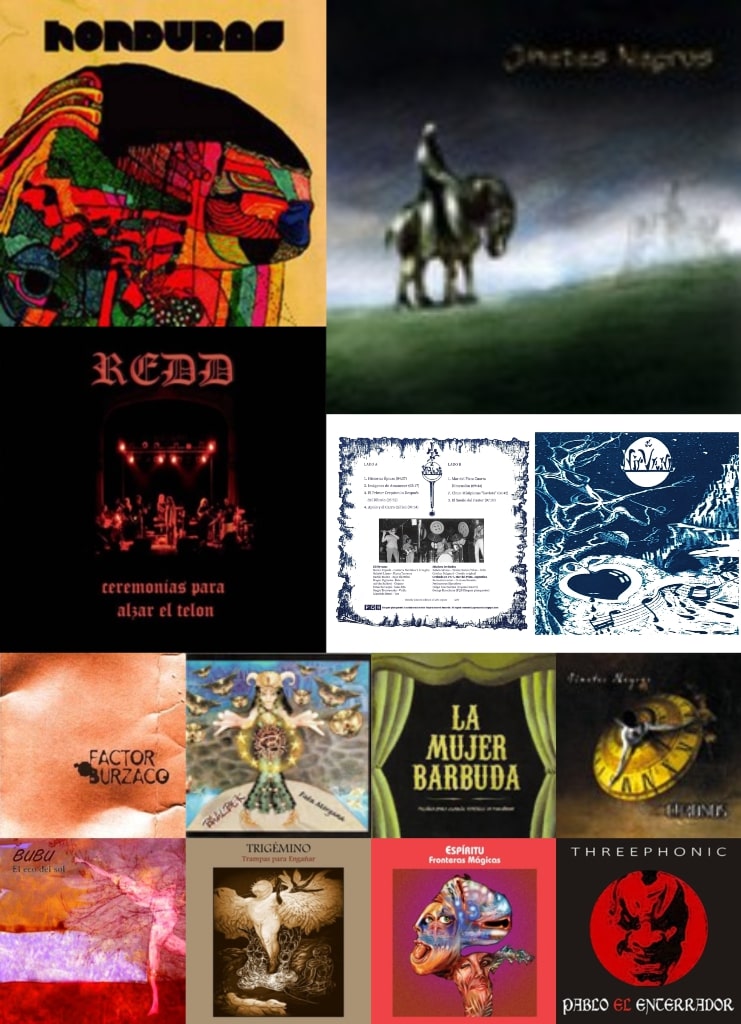
From Rosario, two long-standing groups debuted: La Gota, who combined Jazz Rock with a bold Avant-Tango twist, and Dánae, known for their intricate dual-guitar interplay and sophisticated Hard Progressive sound with jazzy nuances.
During this era, bands like Omnia, Atempo, and William Gray emerged with a Neo-Symphonic approach, combining melodic refinement with modern progressive structures. Meanwhile, Hyacintus carved a unique path, creating Epic Symphonic Rock rooted in guitar and string arrangements, echoing the cinematic scope of Mike Oldfield.
In the western province of Mendoza, nestled at the foot of the Andes, ZondaProjeckt made a significant impression. Their work melded Progressive Rock, Jazz Fusion, and regional Andean folk, channeled through atmospheric and melodic textures reminiscent of ’80s King Crimson and Mike Oldfield.
Rounding out this vibrant mosaic, bassist and composer Raúl Lococo—also known as MachyMadco—began releasing his own solo projects after decades immersed in Progressive Rock, Jazz Fusion, Funk, Soul, and even Heavy Metal.
Formed in early 2005, Akenathon, the brainchild of Aníbal Acuaro, made its debut with ‘Peregrino’, an album drenched in Neo-Progressive and Symphonic Rock tones, colored by hints of Jazz, Blues, and a subtle Hard Rock edge. Years later, after a long creative gestation and lineup changes, the band returned in 2020 with ‘Como Hormigas’, a fresh take that dives deep into varied Progressive Rock textures, peppered with genre-bending influences.
Now in its third incarnation, Akenathon revisits and evolves the atmospheric darkness of their earlier sounds in their 2025 release, ‘Crónicas Intrascendentes’ (forthcoming on vinyl by PQR Disquesplusqueréel), reaffirming their place in the Progressive/Symphonic Rock arena.
After years pursuing his musical vision, virtuoso flutist and composer Ricardo Luna finally brought Rockaphonica to life. Their debut album showcases classic Symphonic Rock, led by the expressive, guiding presence of Luna’s flute.
Another standout is the formidable instrumental quintet Ünder Linden, whose guitar-and-violin duels elevated the local Symphonic/Progressive scene. Hailing from La Plata, they carved out a place alongside contemporaries RetsamSuriv and Hexatónica.
With rich percussive layers, Pulsónica blends Afro-Latin traditions with diverse Progressive Rock influences. Their all-instrumental releases are a rhythmic journey through cultural and musical fusion.
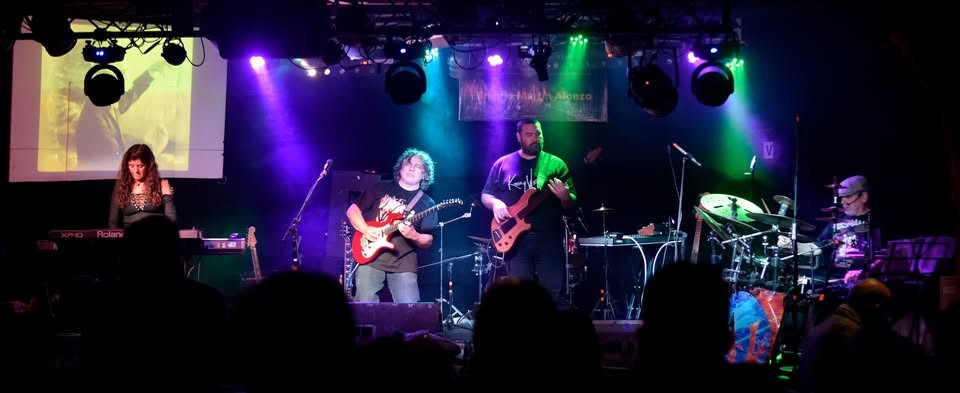
New Trends: Post-Rock, Math Rock, and Eclectic Fusions
As Progressive Music continues to evolve, newer subgenres like Post-Rock and Math Rock gain ground, offering refined sonic landscapes and experimental frameworks. Among the genre’s finest is Autumn Moonlight, a duo blending gentle Post-Rock atmospheres with Symphonic undertones.
In the 2010s, Progressive Fusion gained traction as musicians, empowered by the accessibility of digital platforms, began intertwining varied influences, often under the elusive umbrella of ‘Eclectic Prog.’
Rosario continues to be a creative hub, with Láquesis standing out through their modern, largely instrumental blend of Symphonic Prog and Fusion. Their work incorporates bursts of Hard Rock and jazzy moments with agility.
In 2014, Volvox emerged with a distinctive sound combining Instrumental Prog Rock with urban flavors—Jazz, Tango, and elements of Contemporary Music.
Also launched that year, Pasajero Luminoso fused rhythms like Tango, Candombe, Chacarera, and Zamba with Jazz Rock and Prog Rock in a uniquely Argentine blend of traditions and modernism.
Nau Aletheia made a brief but brilliant mark with ‘Los Misterios de Eleusis’, a lush Symphonic/Progressive Rock gem seasoned with Post-Rock and Tango flourishes.
Neo-Psych Prog and the New Avant-Garde
The new wave of ‘Neo Psych Prog’ brings a fusion of Psychedelia, Hard Rock, Blues, and modern Math/Post-Rock textures. Leading the charge is Poseidótica, known for their distinct identity and masterful integration of complex structures across genres.
Lesser-known but full of promise, Los Careters—from Buenos Aires’ southern suburbs—build cinematic instrumentals that traverse Stoner Rock, Prog, Psychedelia, and experimental realms.
From La Plata, Ave Tierra offers a nostalgic yet fresh take on ’70s Argentine Rock, filtered through a Progressive Rock lens.
Meanwhile, Christian Van Lacke impresses with his authentic recreation of early ’70s Psychedelic Folk, Heavy Prog, and classic Progressive Rock, both solo and through multiple projects.
Hailing again from the urban south, the instrumental trio Rotten Apples crafts Prog Rock rooted in Neo-Psychedelia, Space Rock, Jazz, and Stoner Rock.
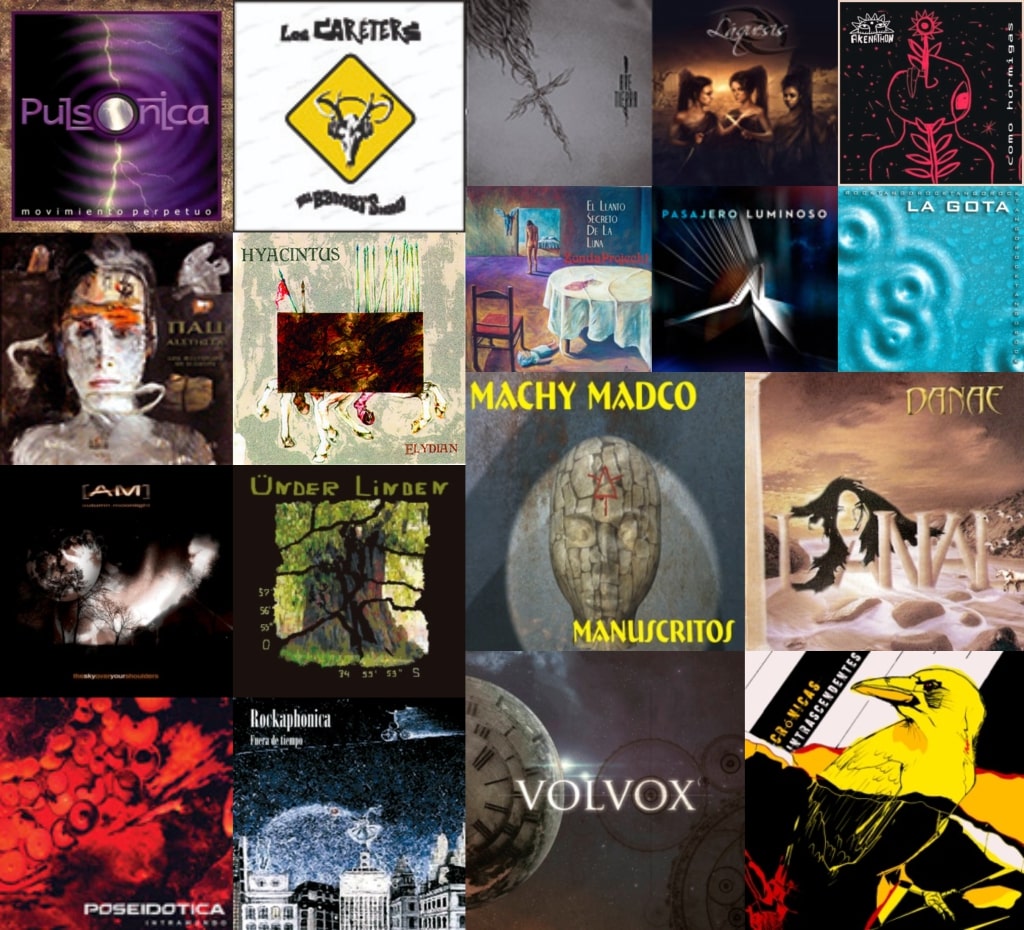
Provincial Horizons and Independent Movements
From Chilecito, La Rioja, EnsamblePeripecia blends Avant-Garde, Psychedelia, Krautrock, Jazz, Electronic, Dub, Minimalism, and Progressive Rock into one of the country’s most daring sonic proposals.
In the northern outskirts of Buenos Aires, bands like Persona and La Tumba del ALCA spearhead a self-managed scene. Both fuse Psychedelia, Prog, and Stoner Rock with modern Math Rock inflections. As part of Sello Cabello, they co-founded the Ciclo Kamikaze (Ing. Maschwitz) and Festival Antiego (Escobar), collaborating also with Taller de Remedios.
With a name impossible to forget, Elefante Guerrero Psíquico Ancestral has become a standout among Argentina’s Psychedelic and Stoner Rock vanguard.
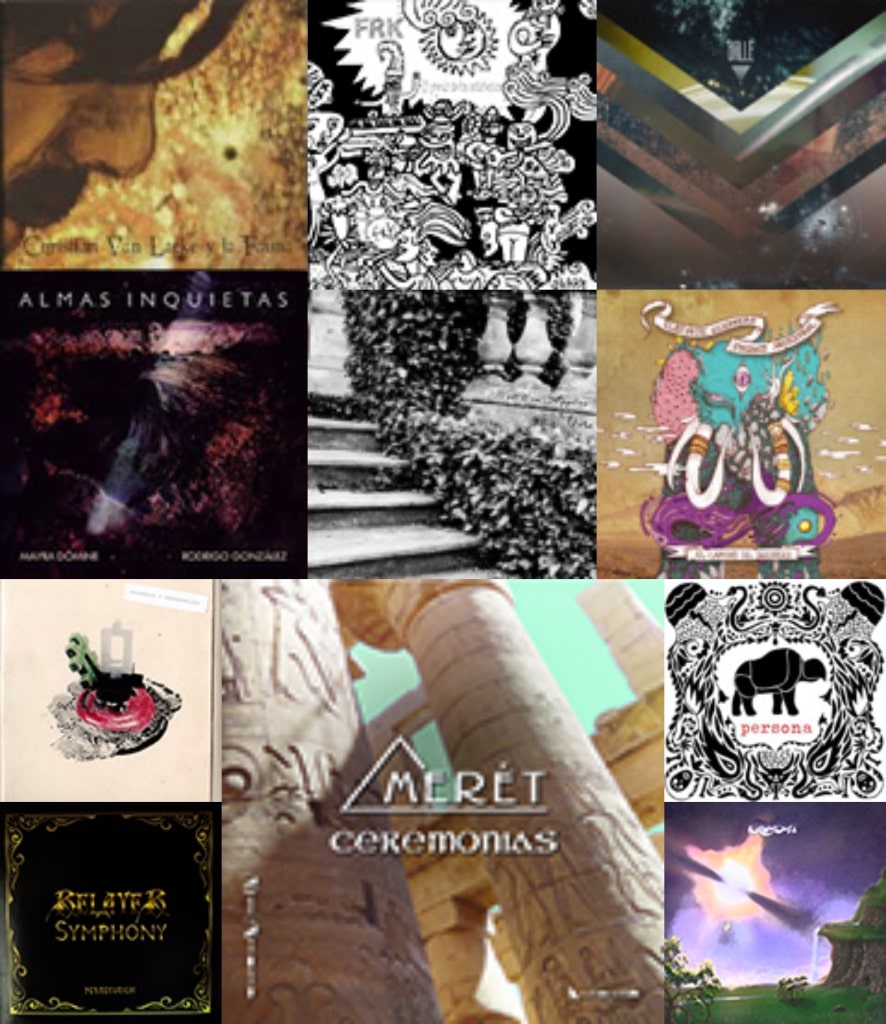
Avant-Prog and Contemporary Fusion
At the edge of sonic experimentation stands Enrico Rocca’s FRK project—an Avant-Prog fusion laced with Jazz. FRK’s music slides between lush symphonic passages and the fantastically unclassifiable, all built on wildly creative terrain.
In an equally boundary-defying spirit, the duo Mayra Dómine (piano) and Rodrigo González (percussion) presents a uniquely contemporary fusion. Their pieces weave Jazz, Classical, Progressive Rock, and World Music into richly textured works defined by irregular rhythmic intricacy.
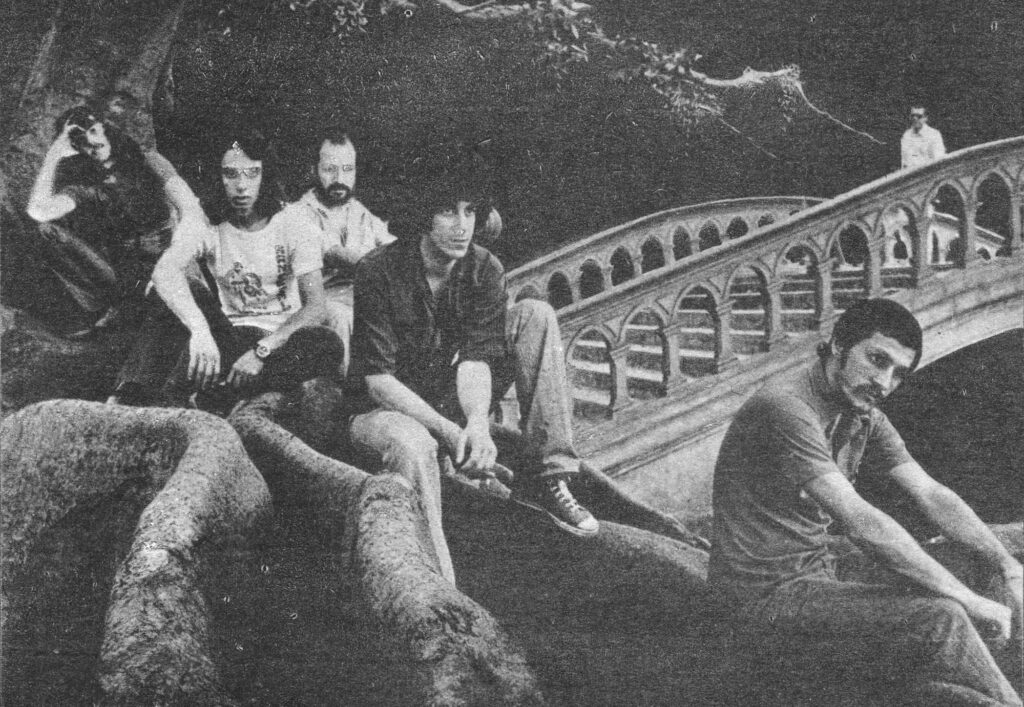
Symphonic Resurgence and Promising New Voices
Among recent Symphonic Prog entries, Merét’s 2022 debut ‘Ceremonias’ stands out. Sung in Spanish, it draws inspiration from Italian Progressive Rock, blending keyboards, acoustic guitars, and violin with a notable Neo Symphonic flair.
Also making waves is Quásar, a young quartet whose first album channels the spirit of ’70s titans like Yes, Genesis, Camel, and Crucis, creating a modern homage to vintage Symphonic Prog.
And finally, after years of anticipation, La Plata’s Relayer Symphony unveils their debut. Their sound merges hard-edged guitars with symphonic layers, English lyrics, and dynamic instrumental shifts—a definitive entry in the Neo Symphonic Rock movement.
The progressive scene in Argentina is more vibrant than ever, bursting with stylistic diversity, musical innovation, and a steady stream of new projects. From Symphonic Rock veterans to boundary-pushing fusionists, this musical ecosystem continues to evolve, astonish, and inspire.
George Rossolatos & Felipe Abel Surkan
Headline photo: Invisible

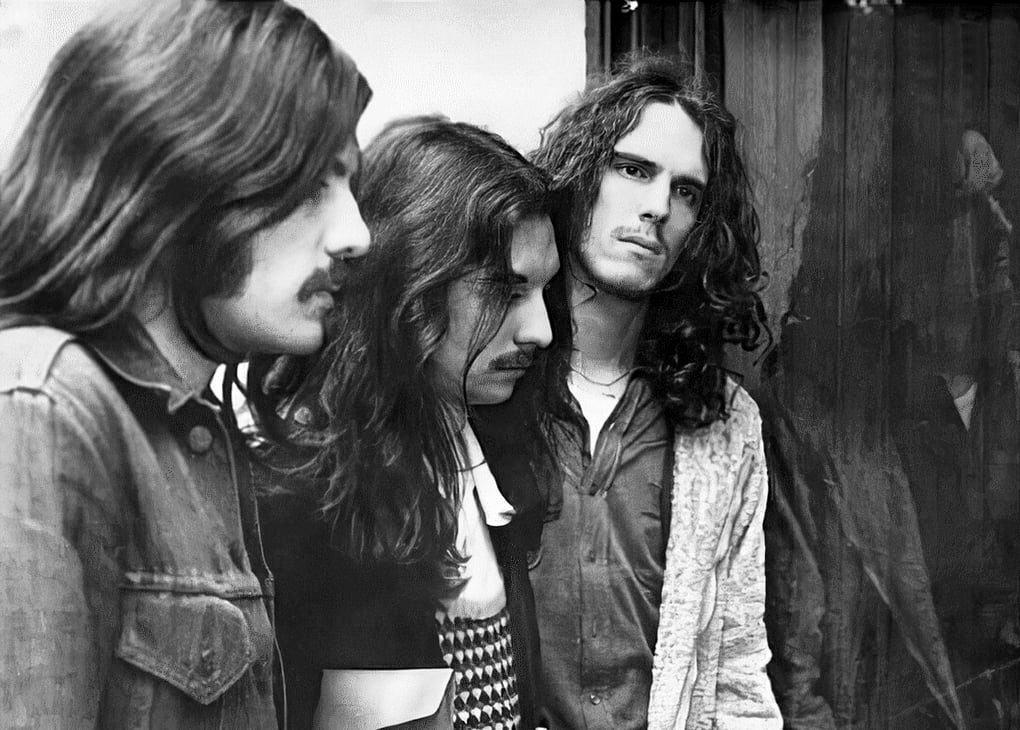
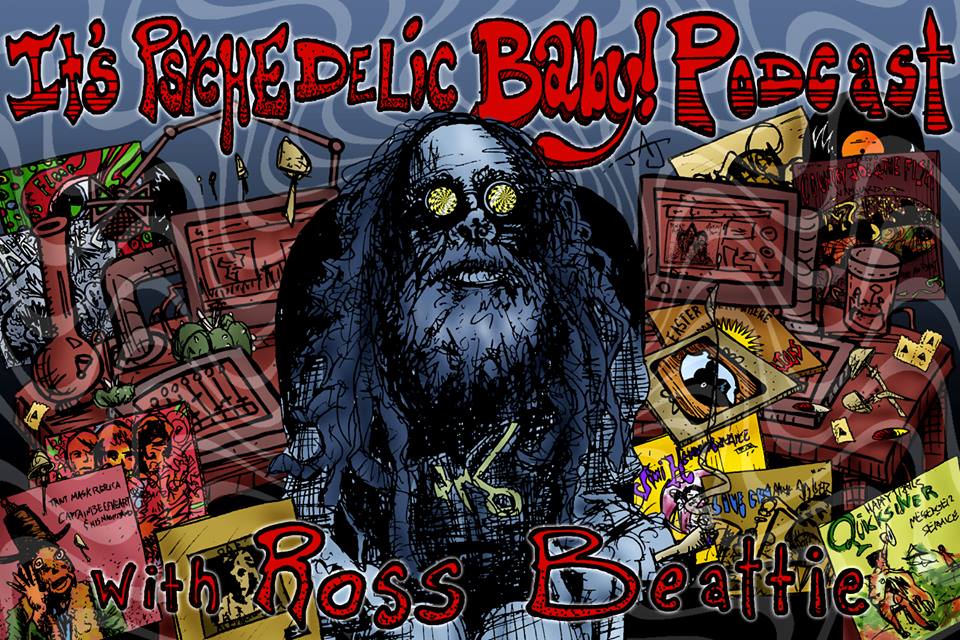
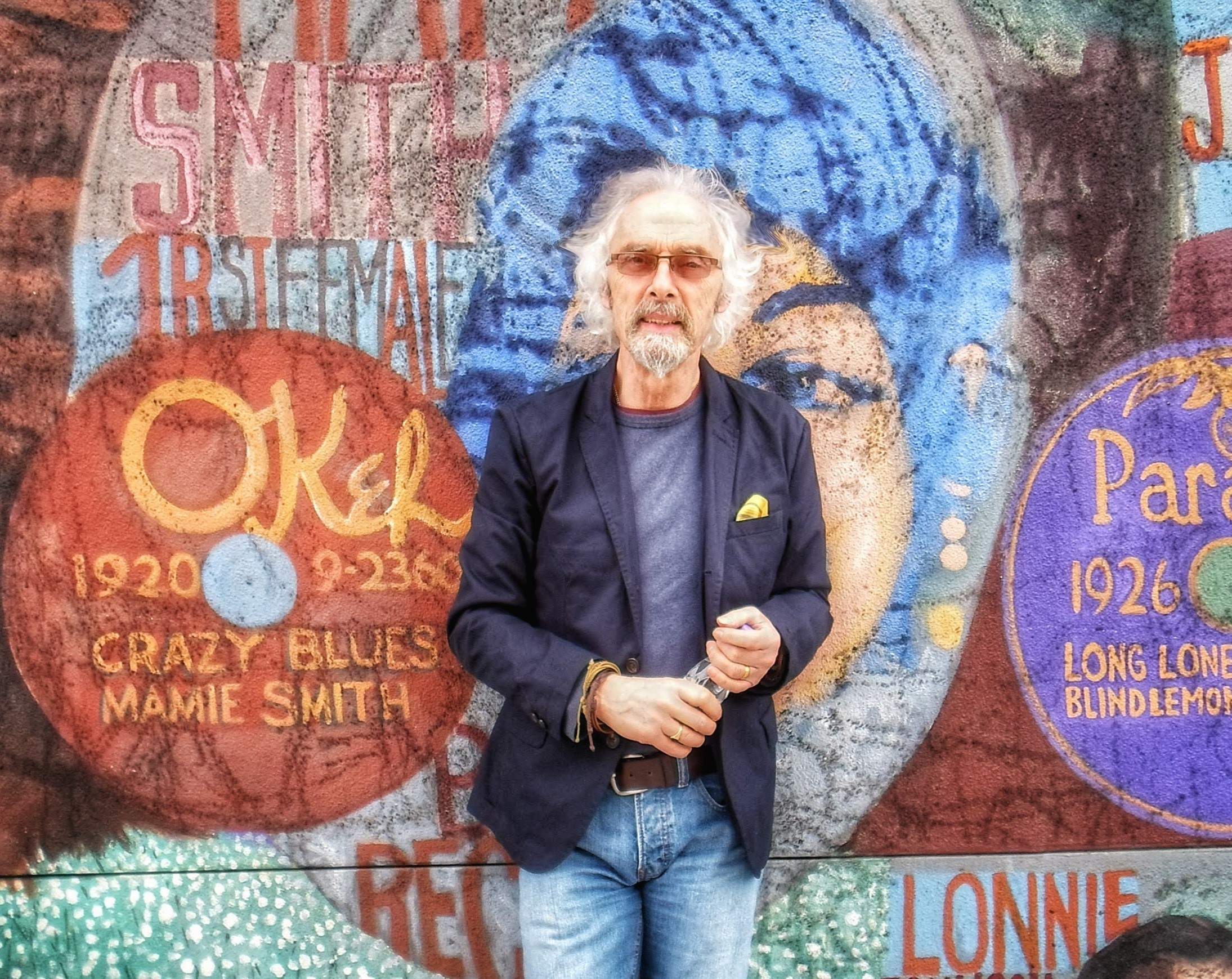
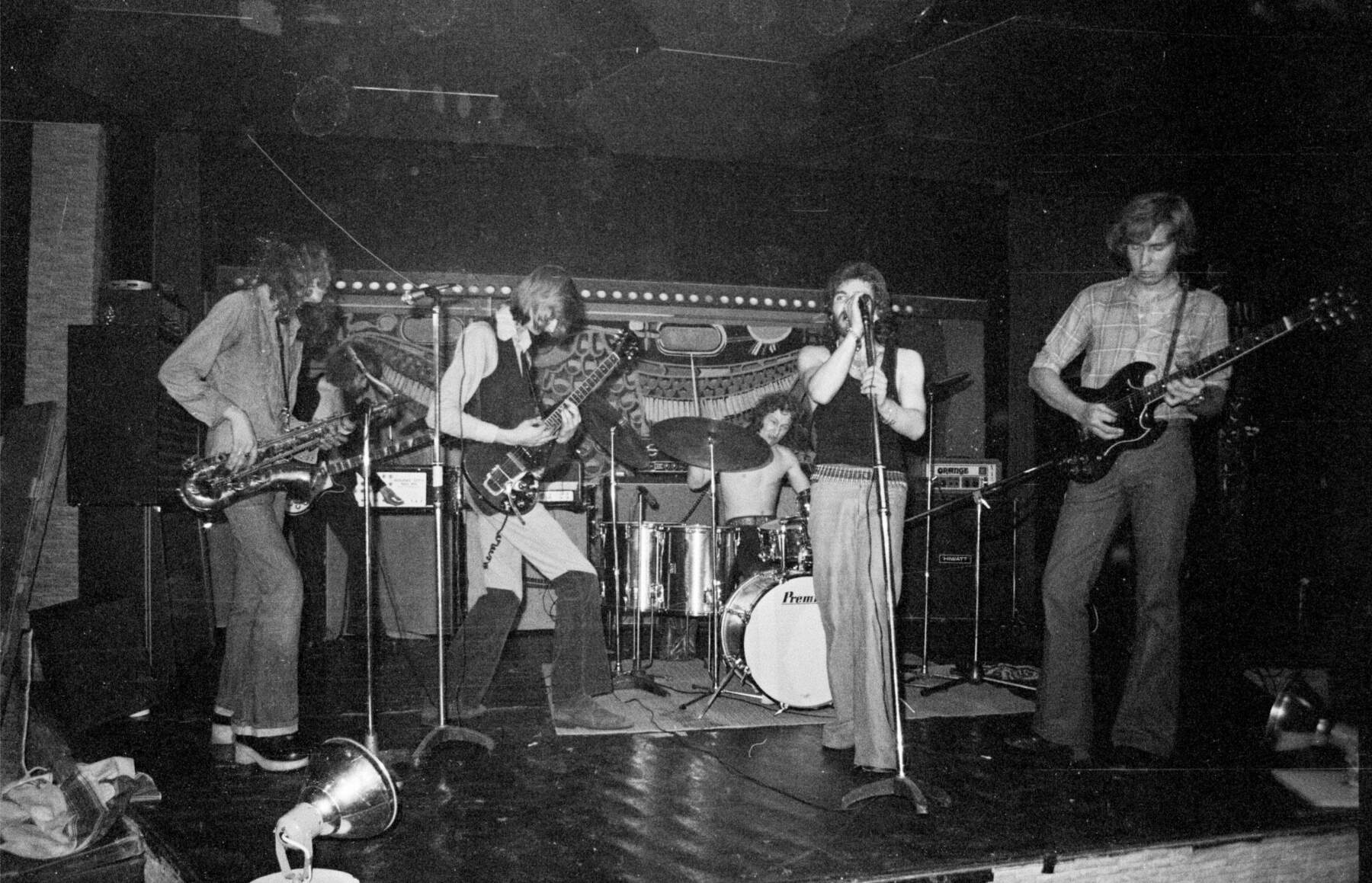
Thank you !
Y FUGHU ?! Creo que después después de cinco discos, tres giras europeas, de haber sido soporte de Dream Theater Premiata Sons Of Apollo Haken Leprous Hacket etc y de haber sido la única Banda sudamericana en el Night Of The Prog merece un lugarcito …